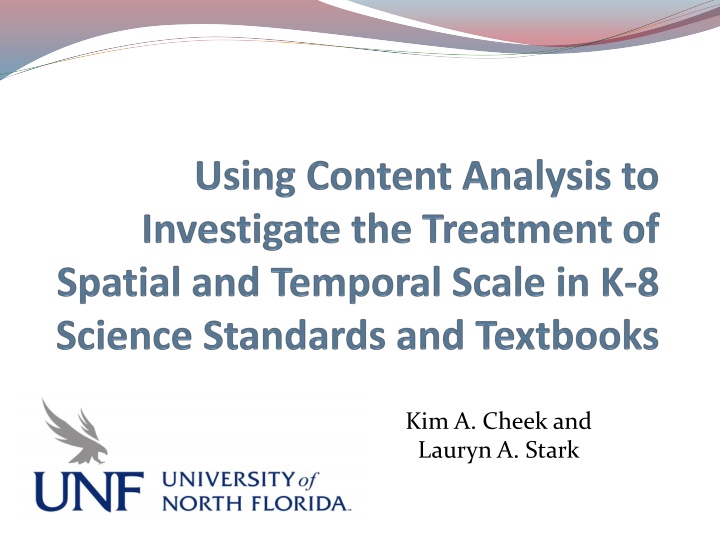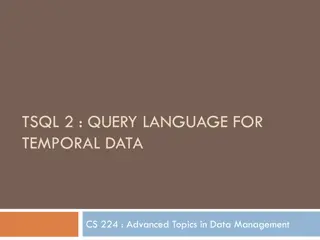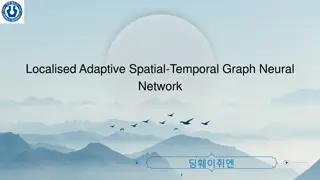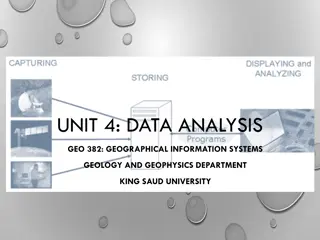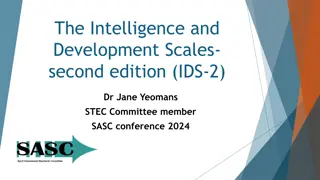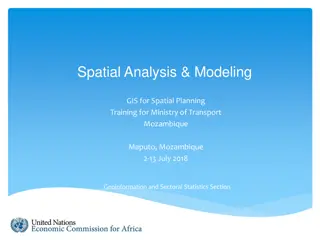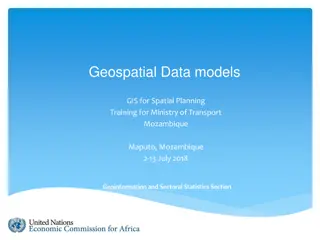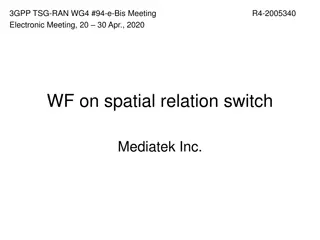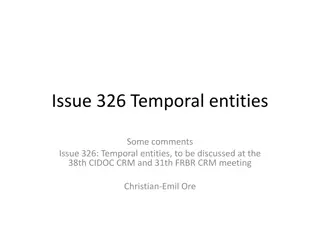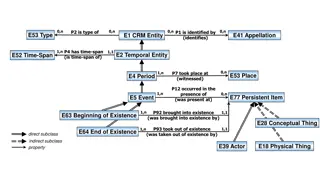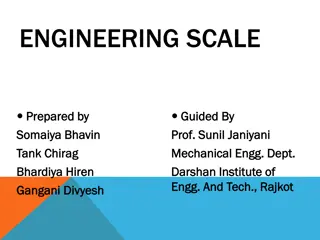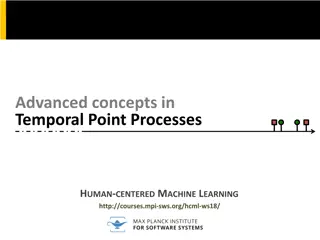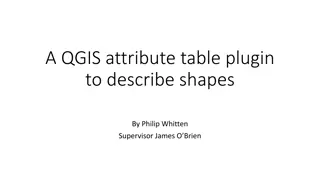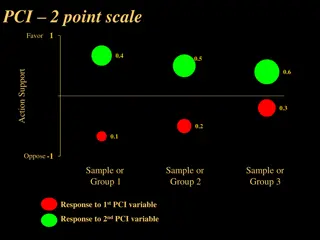Spatial and Temporal Scales in Science Education
This research delves into the emphasis on spatial and temporal scales of Earth and Space Science processes in K-8 science standards and textbooks. The study analyzes systematic coding and analysis techniques and explores how these concepts are portrayed in various educational materials. It also examines the implementation of NGSS crosscutting concepts in states with significant student populations like CA, FL, and TX.
Uploaded on Feb 18, 2025 | 0 Views
Download Presentation

Please find below an Image/Link to download the presentation.
The content on the website is provided AS IS for your information and personal use only. It may not be sold, licensed, or shared on other websites without obtaining consent from the author.If you encounter any issues during the download, it is possible that the publisher has removed the file from their server.
You are allowed to download the files provided on this website for personal or commercial use, subject to the condition that they are used lawfully. All files are the property of their respective owners.
The content on the website is provided AS IS for your information and personal use only. It may not be sold, licensed, or shared on other websites without obtaining consent from the author.
E N D
Presentation Transcript
Kim A. Cheek and Lauryn A. Stark
Content Analysis Systematic coding and analysis of texts or visual material Deductive Inductive
Are the spatial and temporal scales of ESS processes emphasized in K-8 science standards and textbooks ? NGSS crosscutting concept: Scale, proportion, and quantity CA, FL, and TX: ~ 30% of all school-aged students; textbook adoption states Weather and Climate Physical & Historical Geology Astronomy
Coding: Scale as Magnitude1 Relationship between Objects or Events1 meter, km, global, synoptic, large, small larger, smaller, scale factors in mapping (1:125,000) Spatial day, year, million years, Cretaceous, long, short, old longer, shorter, older, younger Temporal 1Terms defined in Cheek, K., LaDue, N., & Shipley, T. (in review) based on cognitive science research reviewed in that paper.
Defining the coding unit CA FL TX PEs Big Idea Strand (BI) DCIs Essential Knowledge & Skills (EKS) Benchmark (B) Clarification Statement (CS)
Geologic Time in MS Standards CA (6th-8th) FL (7th) TX (6th, 7th, 8th) 4.6 Ga, geologic time scale (PE & DCI) geologic time (BI), radioactive dating to measure age (B) Magnitude ------ Use of fossils & strata to est. relative age (CS) Superposition to est. relative age (B) Relationship ------
This research is funded by a University of North Florida Academic Affairs Scholarship grant. Kim A. Cheek k.cheek@unf.edu Lauryn A. Stark lauryn.stark@unf.edu
